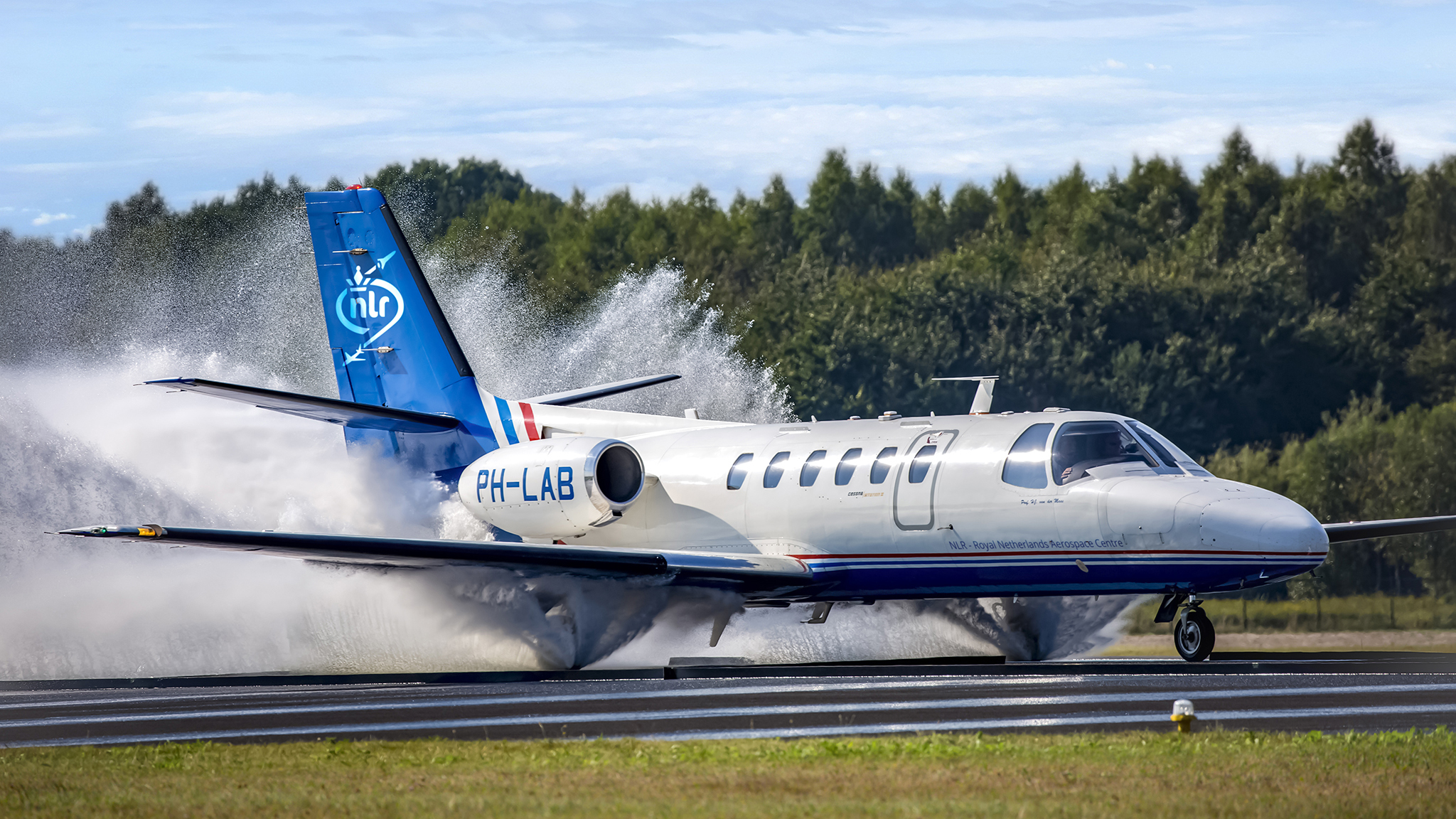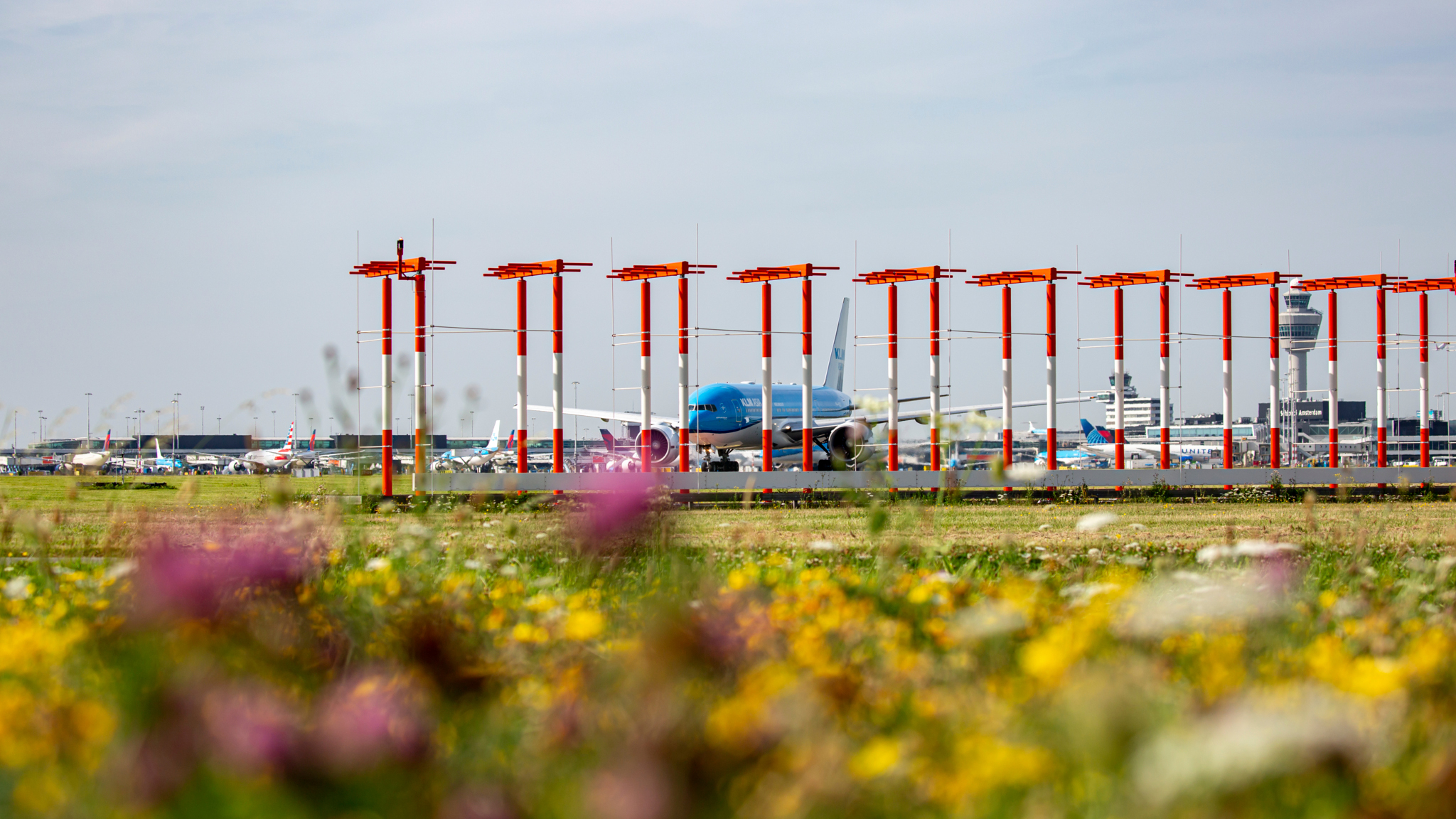
Programme
Safe and competitive operations
The aerospace sector has had to deal with several major disruptions in recent years (for instance COVID-19 and the consequent downsizing of operations and then later scaling them up again, staff shortages, economic developments and the war in Ukraine). It is also a sector that is highly sensitive to political and other developments such as the nitrogen emissions issue and the reduction of flight movement numbers at Schiphol Airport. Society is increasingly critical of aviation, not only with an eye on climate change but also because of the safety risks. Meanwhile, new users of our scarce airspace (such as drones, Innovative Air Mobility (IAM) or electric aircraft) are increasing the pressure on it.
The programme Safe and competitive operations helps governmental authorities, the aerospace sector and society meet these challenges by making the aerospace sector in the Netherlands safer, more resilient and more cost-effective, now and in the future, and to make civil and military aviation, and society, safer.
“Effective cooperation in the skies”
Programme leader Nick van den Dungen on the Safe and Competitive Operations knowledge programme
We do this by presenting facts, specific proposals for action and advice, as well as through the targeted use of innovation. We offer insight into changes brought about by new technologies, e.g. for safety, operational concepts, organisation, regulations and oversight of aerospace safety. We also propose solutions for reducing costs in aviation operations, for expanding airspace capacity and for maximising the reliability and resilience of aviation operations, within societally acceptable limits. On behalf of the ecosystem of space companies Clean Space and Space Traffic Management (STM), we explore issues that rapidly become a priority within national and international policy.
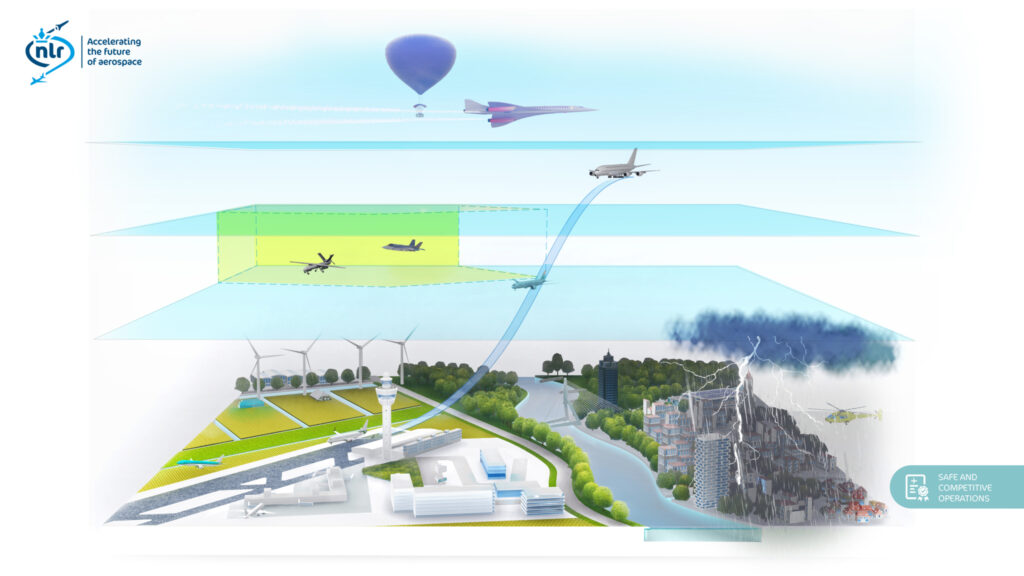
Some projects
ITARO
Our knowledge of integrating various technologies to enable operations on fixed approach routes with a fixed descent profile and high capacity has been enhanced. This was achieved by conducting both real-time simulations on NLR’s NARSIM platform and flight trials. The simulations focused on air traffic controllers’ evaluation of the integration of various SESAR solutions for the Schiphol TMA situation, combining multiple technologies. This combination consisted of Continuous Descent Operations (CDOs), Fixed Approach Routes (FARs), Interval Management (IM), Time-Based Separation (TBS), Pair-Wise Separation (PWS), and Runway Occupancy Time (ROT) separation, as well as reduced Minimum Radar Separation (MRS).
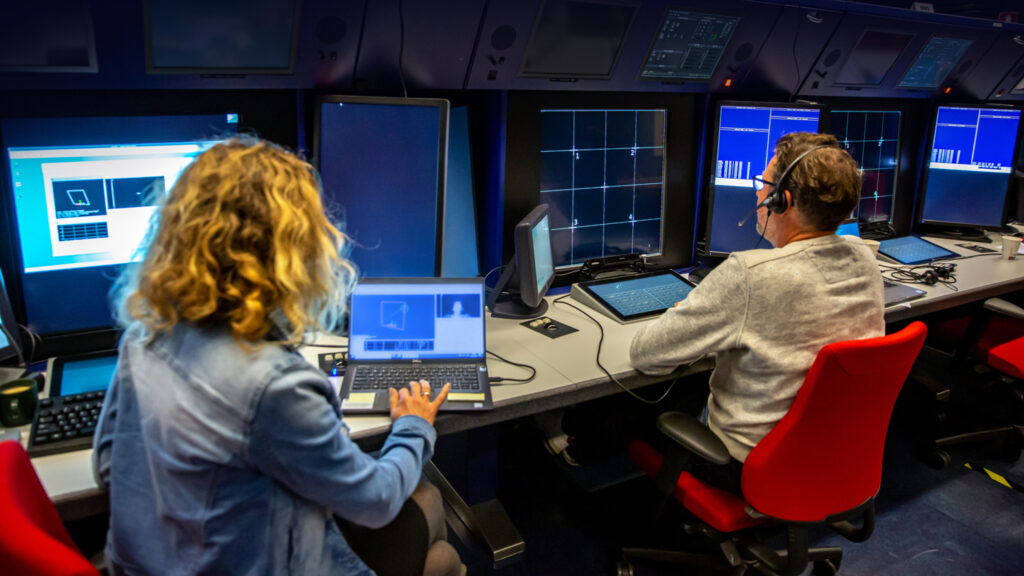
Albatros
The Albatros project aims to enhance safety information within the aviation industry. It begins by examining current practices for collecting and sharing safety data, which serves as a foundation for developing a novel approach to disseminating information on safety, crisis, and emergency situations. Furthermore, the project identifies and assesses emerging hazards in aviation, including those posed by innovative technologies such as electric and hydrogen propulsion. Additionally, Albatros is investigating the effects of climate change on the safety of flight operations in and around airports.

Total airport management
Knowledge and technology have been developed in the field of managing airport operations, including planning and control, as well as integration with the air traffic management network. The operational concept has been completed at V3 level, with a focus on collaborative decision-making within the Airport Operations Centre (APOC), supported by a decision-support system. This system is designed to enable more efficient decision-making through collaboration and joint decision-making.
The Airport Operations Centre (APOC) is a central location where all stakeholders involved in airport operations work together to coordinate and optimise all activities at the airport more efficiently and effectively.
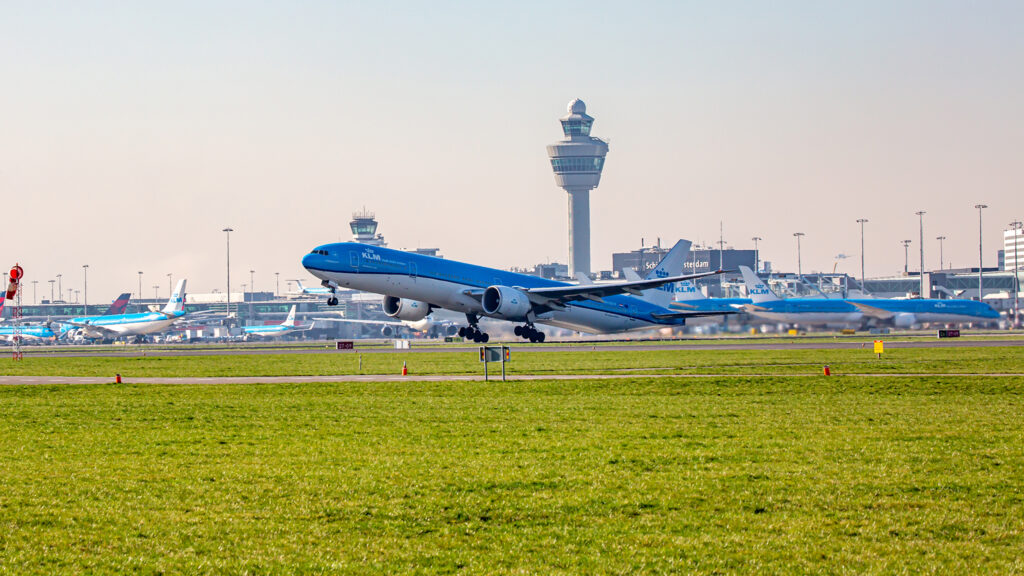
Discover more knowledge and technology
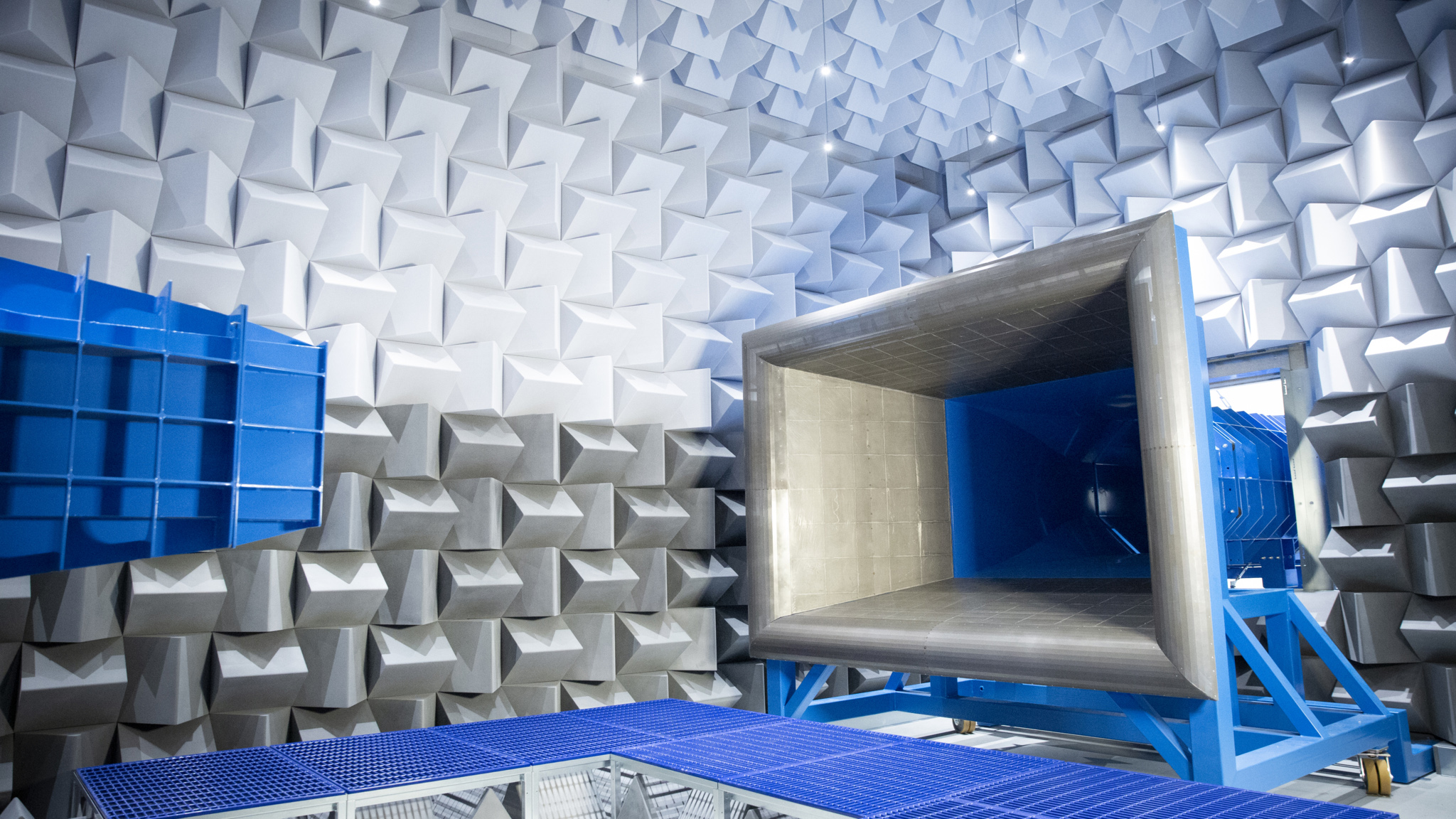
Research infrastructure
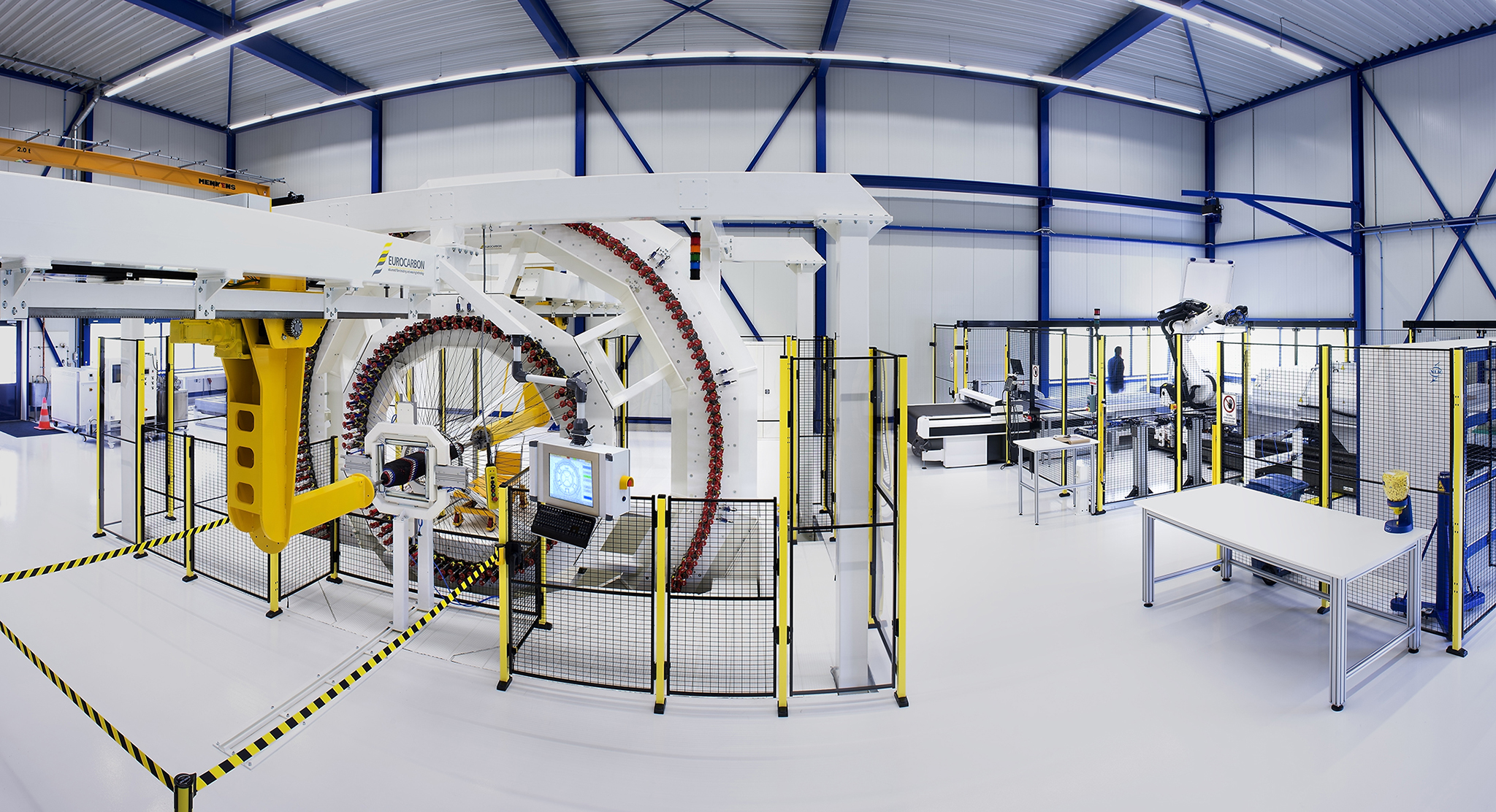
Areas of expertise
